The war pits the US Navy's mission against a group with a seemingly endless supply of drones, missiles and other weapons.
Near-daily Houthi attacks since November have seen more than 50 ships explicitly targeted, while shipping volumes through the Red Sea waterway have plummeted.
The Houthis say the attacks are aimed at stopping the conflict in Gaza and supporting the Palestinians. All signs point to an escalation of the conflict that puts American sailors, their allies, and their commercial vessels at greater risk.
“I don’t think people really understand how serious what we’re doing is and how threatened the ships continue to be,” said Commander Eric Blomberg aboard the USS Laboon.
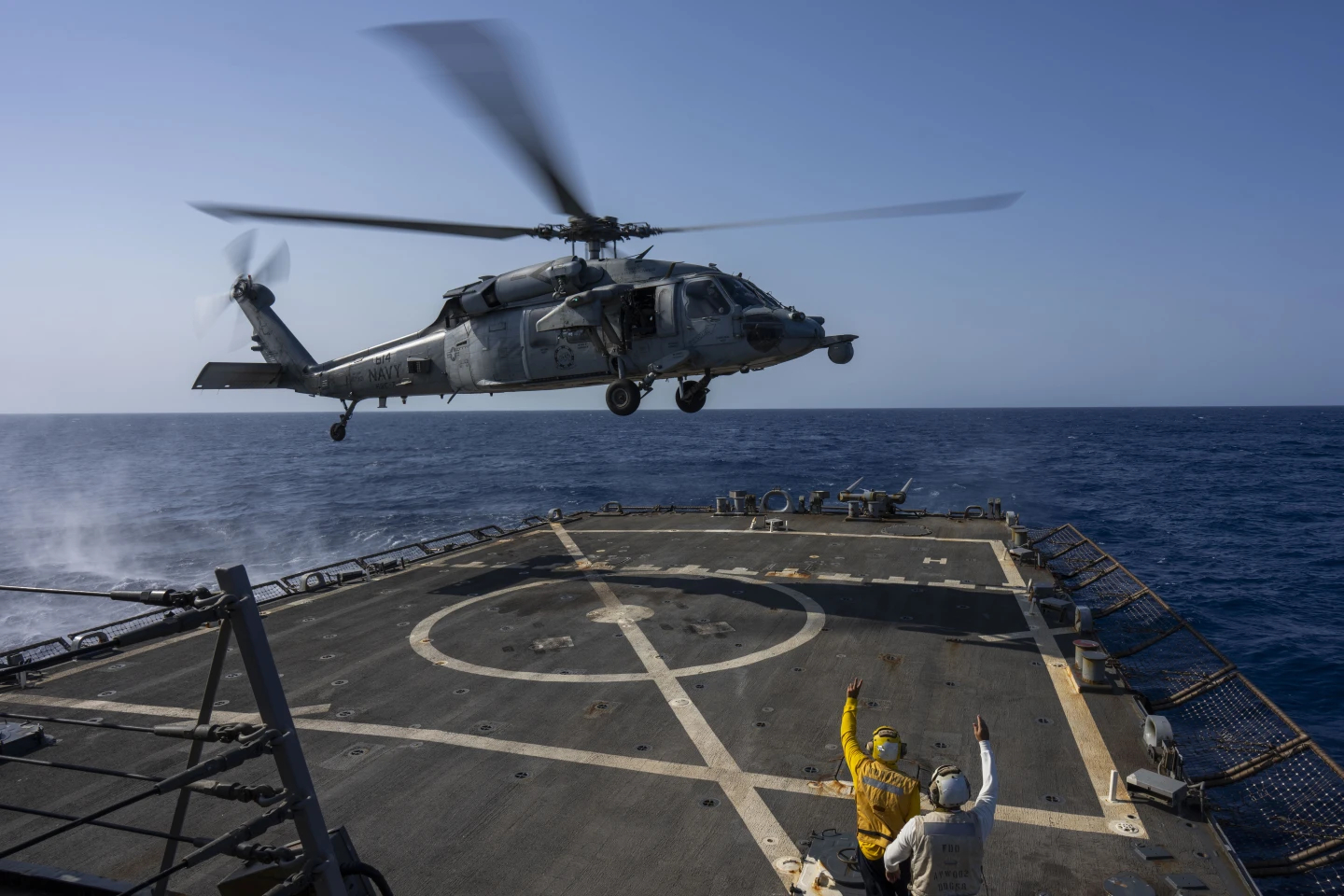
An HSC-7 helicopter lands on the Arleigh Burke-class guided-missile destroyer USS Laboon in the Red Sea, June 12. Photo: AP
Only seconds to act
Sailors aboard Arleigh Burke-class destroyers sometimes have seconds to confirm a Houthi missile launch, communicate with other ships and open fire on an incoming barrage of missiles that can travel at near- or supersonic speeds.
“It’s a daily job and some of our ships have been here for over seven months doing it,” said Captain David Wroe, who oversees the guided-missile destroyers.
Almost daily, the Houthis launch missiles, drones or some other type of attack in the Red Sea, the Gulf of Aden and the narrow Bab el-Mandeb Strait that connects the waterways and separates Africa from the Arabian Peninsula. Houthi attacks have involved direct attacks on commercial vessels and warships.
“This is the longest battle the US Navy has seen since World War II,” said Bryan Clark, a former US Navy submariner and senior fellow at the Hudson Institute. “Going forward, the Houthis are likely to carry out the types of attacks that the US cannot always stop, and then we will see significant damage.”
Danger at sea and in the air
While the USS Dwight D. Eisenhower appears to operate mostly at long range, destroyers like the Laboon spend six days a week operating near or off the coast of Yemen, which the Navy calls “weapons engagement areas.”
Naval combat in the Middle East remains risky, as the US Navy knows well. In 1987, an Iraqi fighter jet fired a missile at the destroyer USS Stark patrolling in the Persian Gulf during the Iran-Iraq conflict, killing 37 sailors and nearly sinking the ship.
There was also the USS Cole, which was attacked by al-Qaida suicide boat bombers in 2000 while making a refueling stop in the Yemeni port city of Aden, killing 17 people on board.
The risks are not just above water. The US-led campaign has carried out numerous airstrikes against Houthi positions inside Yemen, including what the US military describes as radar stations, launch sites, weapons depots and other sites. A US-UK airstrike on May 30 killed at least 16 people.
Capt. Marvin Scott, who oversees all Eisenhower Air Force aircraft, said Eisenhower pilots dropped more than 350 bombs and fired 50 missiles at targets during the operation. Meanwhile, the Houthis appear to have shot down several MQ-9 Reaper drones with surface-to-air missile systems.
Ngoc Anh (according to AP)
Source: https://www.congluan.vn/hai-quan-my-doi-mat-voi-tran-chien-khoc-liet-nhat-ke-tu-the-chien-ii-post299404.html




![[Photo] Prime Minister Pham Minh Chinh receives Deputy Prime Minister of the Republic of Belarus Anatoly Sivak](https://vstatic.vietnam.vn/vietnam/resource/IMAGE/2025/4/2/79cdb685820a45868602e2fa576977a0)

![[Photo] Prime Minister Pham Minh Chinh receives CEO of Standard Chartered Group](https://vstatic.vietnam.vn/vietnam/resource/IMAGE/2025/4/2/125507ba412d4ebfb091fa7ddb936b3b)
![[Photo] General Secretary To Lam receives Russian Ambassador to Vietnam](https://vstatic.vietnam.vn/vietnam/resource/IMAGE/2025/4/2/b486192404d54058b15165174ea36c4e)
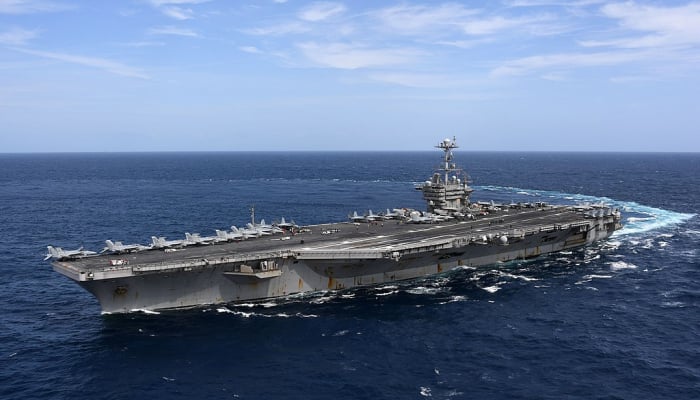
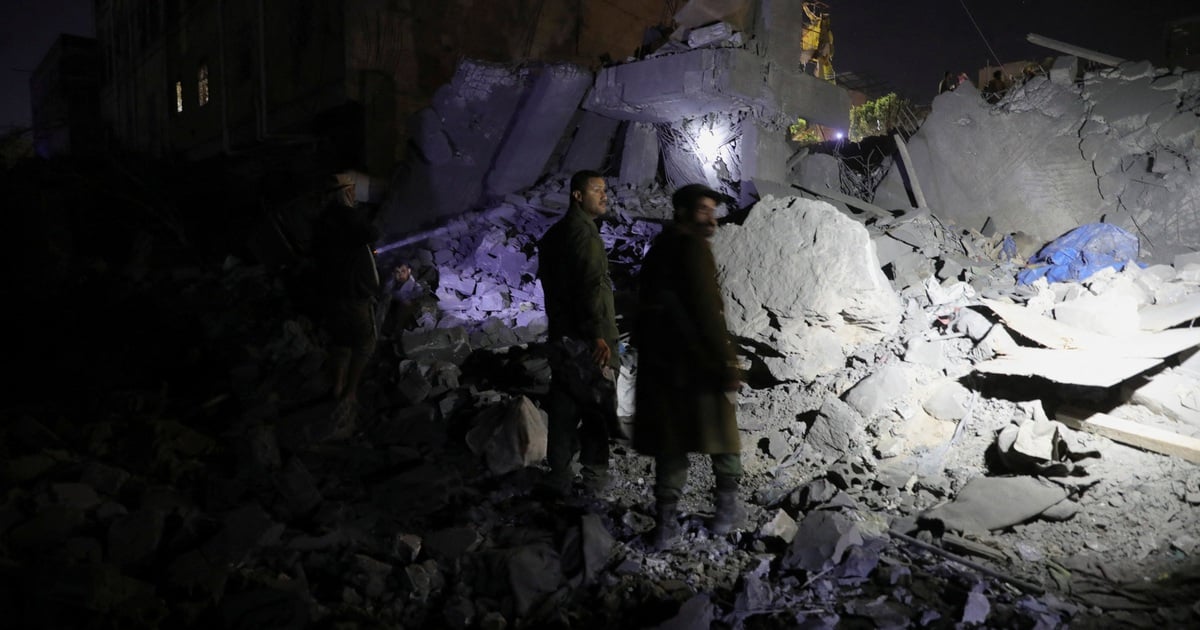

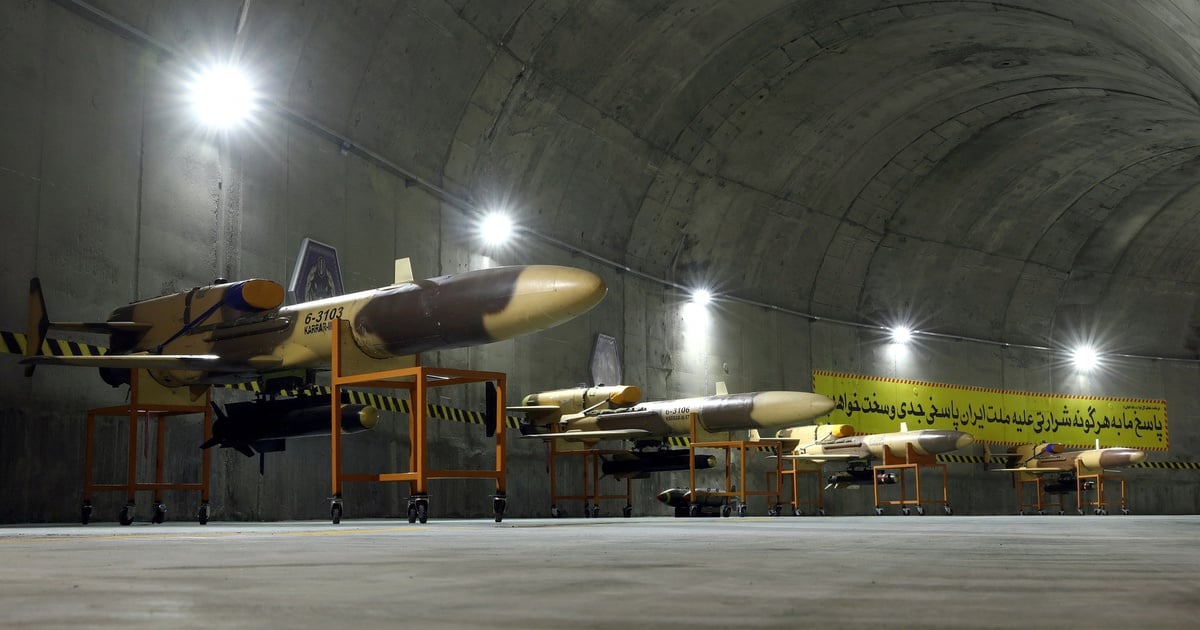

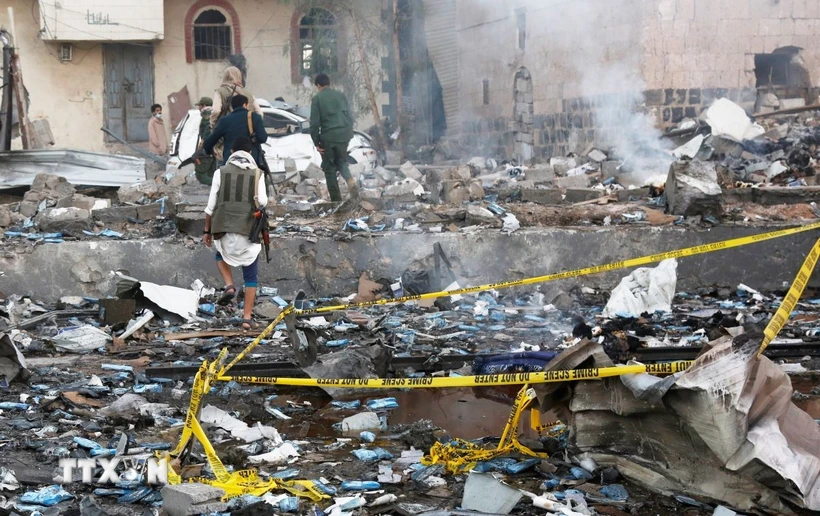


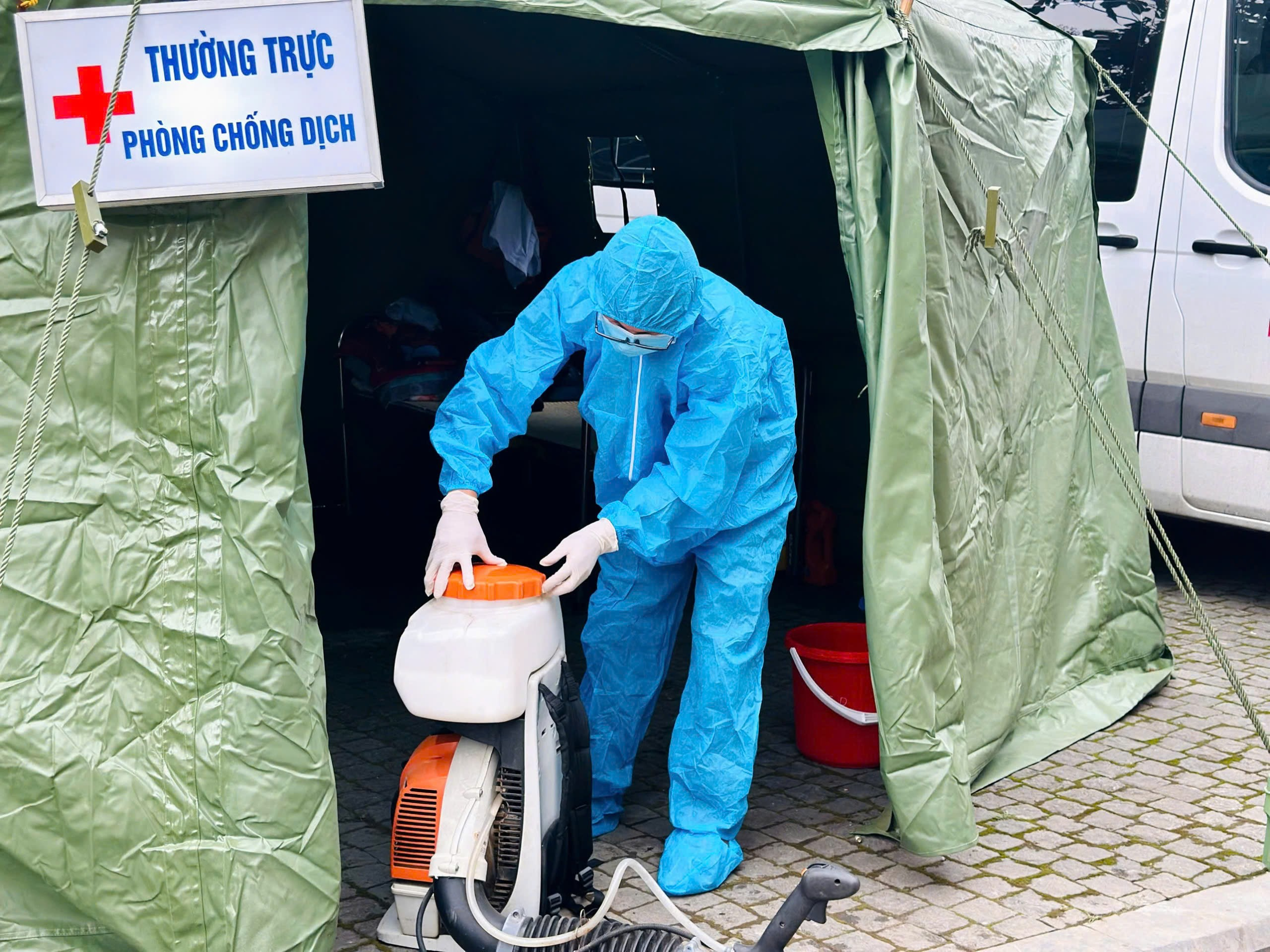

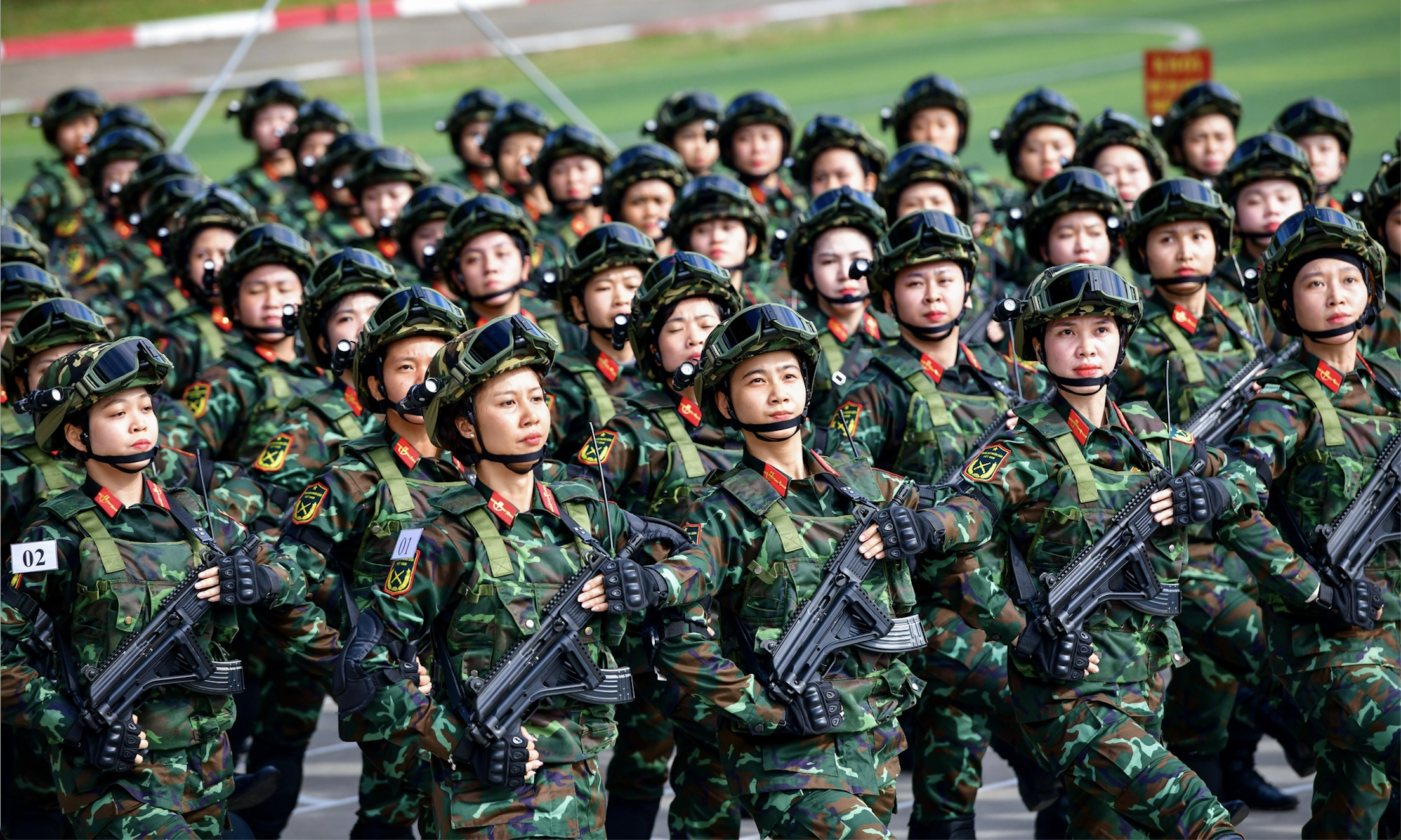
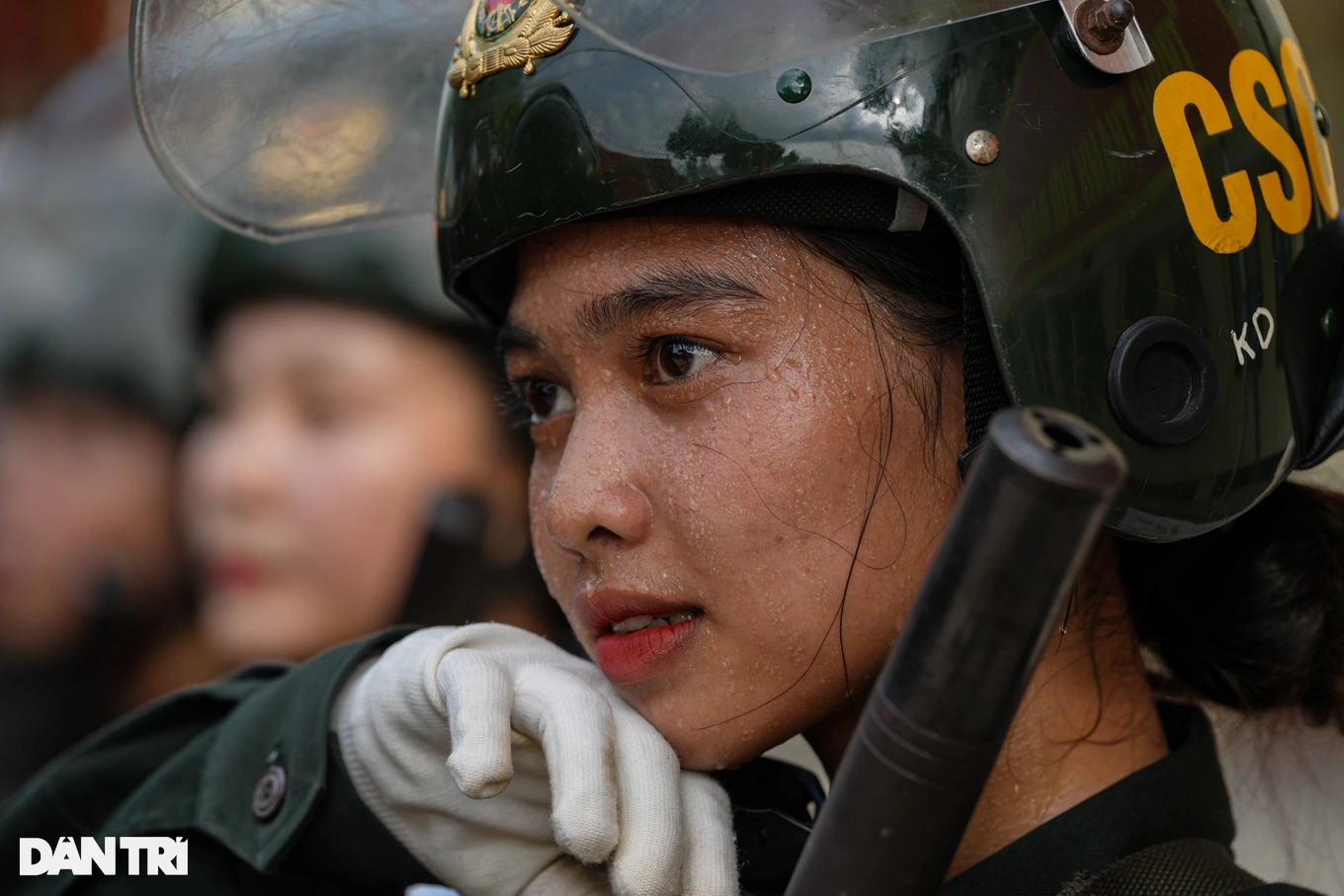











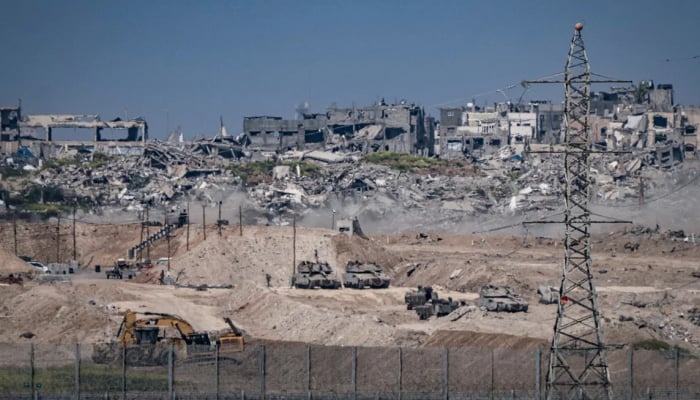
















































![[Podcast] News on March 27, 2025](https://vstatic.vietnam.vn/vietnam/resource/IMAGE/2025/4/2/de589137cda7441eb0e41ee218b477e8)
















Comment (0)